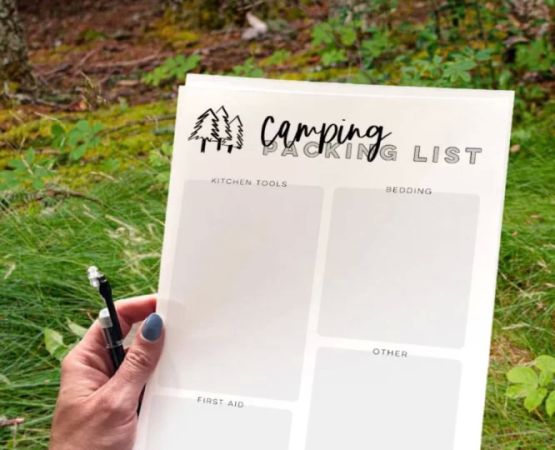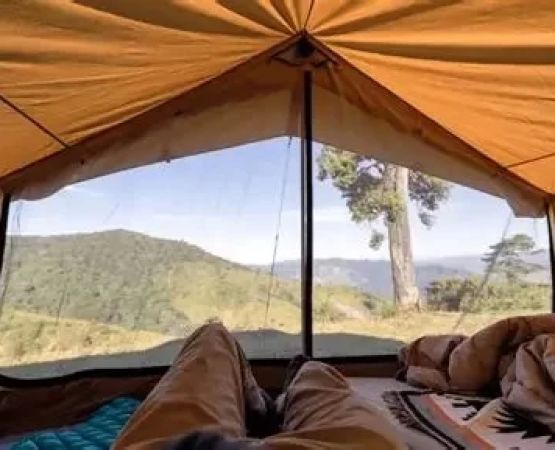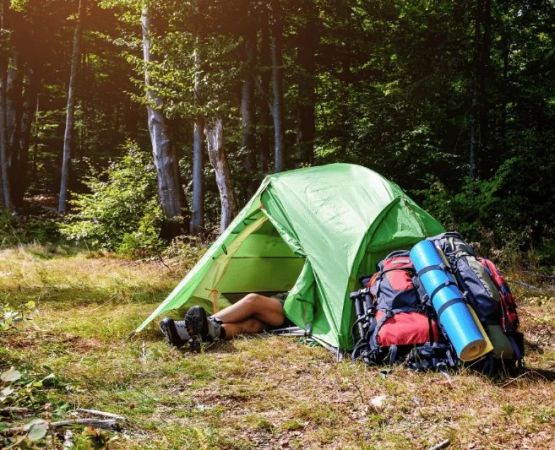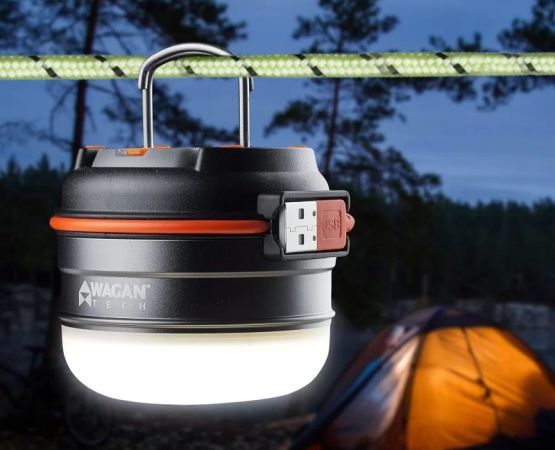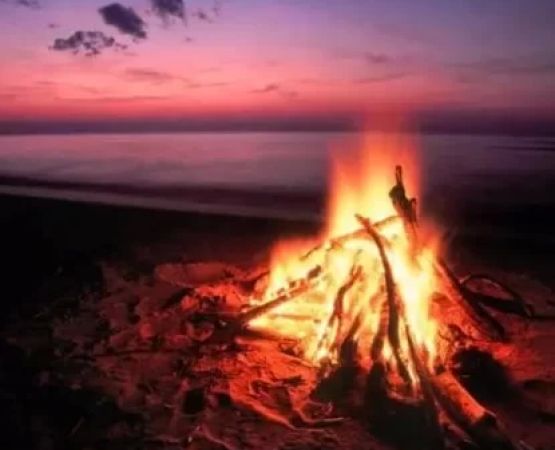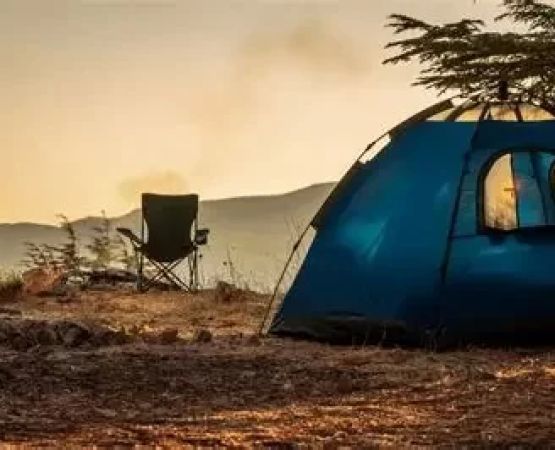How to Clean Up After a Camping Trip: Essential Tips for a Stress-Free Experience
Learn how to clean up after a camping trip with expert tips and advice. Discover essential steps to ensure a smooth and responsible post-camping cleanup, keeping the environment and your gear in top shape.
How to Clean Up After a Camping Trip: Essential Tips for a Stress-Free Experience
After spending a weekend enjoying the great outdoors, the last thing many of us want to do is deal with the mess left behind. But, as a responsible camper, cleaning up after a camping trip is essential—not just for your comfort, but also for preserving the environment. Over the years, I’ve learned that a little bit of effort during the cleanup phase can go a long way in making the next trip even more enjoyable. In this article, I’ll walk you through the steps of properly cleaning up after camping, ensuring that you leave no trace and that everything—from your campsite to your gear—is ready for the next adventure.
In my personal experience, taking the time to clean up thoughtfully has always made me feel better about leaving a campsite. It can be easy to forget just how much waste we can generate during a camping trip, but when you know the right steps to take, it doesn’t feel like a chore. Let’s dive into the essential tips for cleaning up after a camping trip!
1. Tidy Up Your Campsite
When you first arrive at a campsite, it’s easy to get excited and set up your tent and gear, often without thinking about the mess that can come later. But when it’s time to break camp, it’s important to start with the basics: leave no trace.
1.1 Pack Up All Your Gear
Before you do anything else, make sure all of your camping gear is packed away properly. This includes tents, sleeping bags, stoves, chairs, and any other equipment you brought along. Be sure to check that everything is clean and dry, especially sleeping bags and tents, which can attract mold or mildew if left damp for too long.
1.2 Sweep the Area
After packing up your gear, it’s time to sweep the campsite. Grab a broom or use a stick to gently sweep the area around your campsite, making sure to remove any debris, trash, or bits of food. Even small scraps of paper or food can attract wildlife, so it’s important to clean up thoroughly.
2. Properly Dispose of Waste
Waste disposal is a critical part of cleaning up after a camping trip. Leaving trash behind not only harms the environment but can also be dangerous for wildlife. Here are the best practices for waste disposal during cleanup.
2.1 Collect All Trash
Go through the entire campsite and gather all the trash, including plastic wrappers, food containers, and bottles. Be sure to separate recyclables from non-recyclables and dispose of them in the appropriate bins. If you’re camping in a more remote area, make sure to pack out all trash, as there may not be facilities to properly dispose of it.
2.2 Use a “Leave No Trace” Approach
If you're camping in a more wilderness-oriented area, consider the "Leave No Trace" principle. This involves packing out everything you bring in, including toilet paper, food waste, and any other materials that could be harmful if left behind. I’ve found that bringing extra garbage bags helps me stay organized and ensures nothing gets left behind.
3. Clean Your Cooking Equipment
After cooking your meals, it’s essential to clean your cooking equipment thoroughly to avoid attracting wildlife or leaving behind lingering food odors. A clean camp kitchen will make future trips more pleasant and prevent unnecessary pests.
3.1 Scrub All Cookware
Rinse all cookware, utensils, and plates to remove any food particles. Use biodegradable soap if possible, as it’s better for the environment. Pay special attention to pots, pans, and cutting boards, as food can stick and become difficult to clean later.
3.2 Store Cooking Gear Properly
Once your cooking gear is clean, store it in a dry place to prevent mold and bacteria from forming. Keeping your gear in good condition will help extend its lifespan and make it easier to prepare meals during your next trip.
4. Clean Up Your Campsite Bathroom
If you’re camping in a place without modern facilities, it’s your responsibility to handle waste disposal appropriately. This includes both human waste and hygiene items.
4.1 Use Proper Toilet Practices
If you’re in an area without a toilet, you should bury human waste in a hole at least six inches deep. Be sure to pack out used toilet paper, wipes, and other hygiene products, as they can take a long time to decompose. Some campers prefer to use a portable toilet, which can make cleanup much easier.
4.2 Clean Hands and Hygiene Gear
Hygiene is essential when camping, and cleaning your hands thoroughly after handling any waste is a must. Bring hand sanitizer or biodegradable soap for a quick cleanup. Don’t forget to wash your reusable camping dishes as well, to prevent bacteria build-up.
5. Dispose of or Reuse Wastewater
Water usage can become a tricky part of cleanup when you’re camping. Properly managing your wastewater is important for minimizing your impact on the environment.
5.1 Discard Wastewater Far from Water Sources
When disposing of wastewater (from cooking or washing), make sure to do it at least 200 feet away from natural water sources, such as streams, rivers, or lakes. This prevents contamination of water sources and helps protect the ecosystem. If you’re in an area where wastewater disposal is regulated, follow the guidelines set by the park or camping authority.
5.2 Reuse Water When Possible
I’ve found that reusing water, especially for things like rinsing off dishes or washing your hands, can help reduce the amount of water you use and minimize waste. Just be sure that the water you reuse is safe to use again and doesn’t contain food scraps or oils that might attract pests.
6. Leave the Site as You Found It
After you’ve cleaned up the campsite, it’s time to check the surroundings one last time to ensure everything is as it should be. Leaving the site in a pristine condition will benefit the next person who visits, and it helps to protect the environment for years to come.
6.1 Check for Small Debris
Even small scraps of paper, plastic, or food can have a lasting impact on the environment. Walk around the site one last time to ensure nothing has been overlooked.
6.2 Pack Away All Equipment
Finally, make sure to pack away all your equipment, including any tools or items you used for cleaning. Keeping everything organized will make it easier to pack for your next adventure, and you’ll be ready to go as soon as the next trip rolls around.
